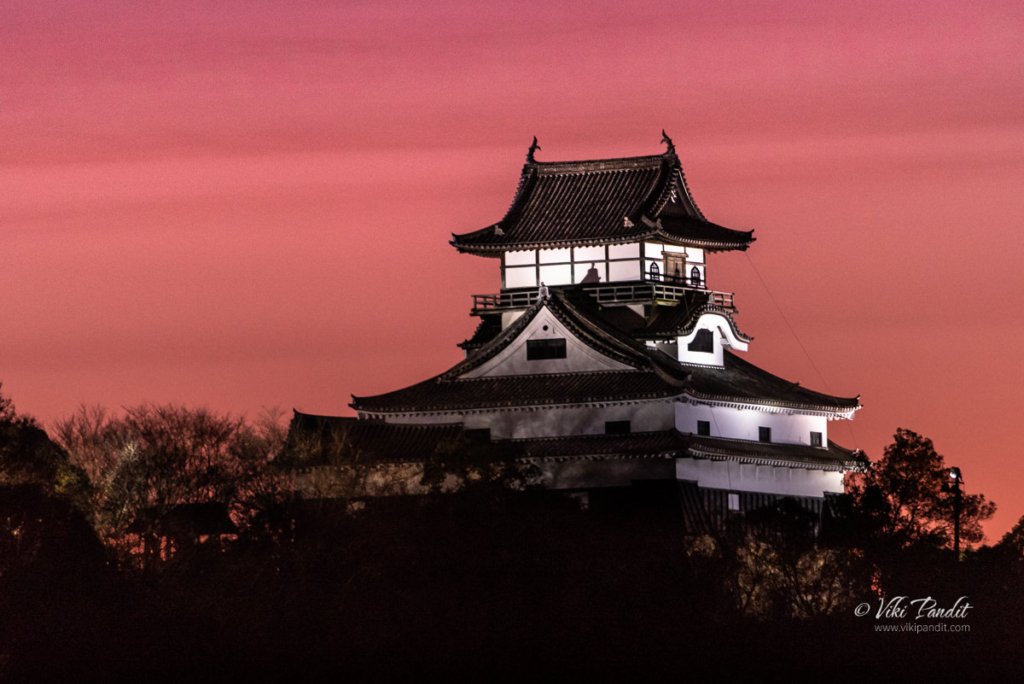Inuyama Castle is located in the city of Inuyama, Aichi Prefecture, Japan. The castle overlooks the Kiso River, which serves as the border between Aichi and Gifu prefectures. Inuyama Castle is one of only 12 original Japanese castles.
Aichi

An evening at Kiyosu Castle
Today we explore Kiyosu Castle 清須城 – a place that the ruthless warlord Oda Nobunaga called home. Today the castle sits quietly in the mundane town of Kiyosu, but as once the capital of the powerful Owari province, its influence may have waned, but its importance to history has not.
